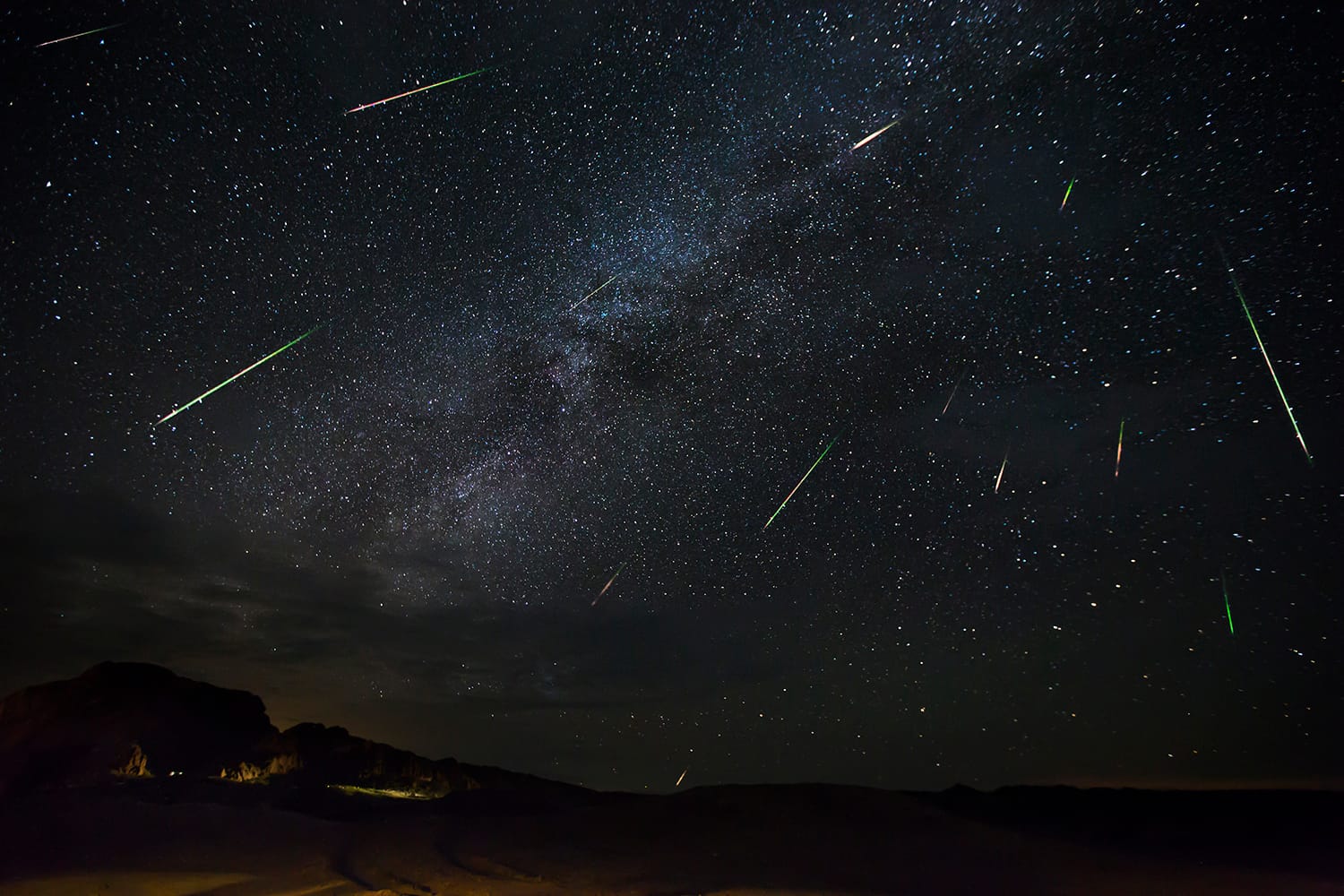The Quadrantids meteor shower is one of the most significant meteor showers of the year, and it is particularly known for its bright meteors and the potential for fireballs. This year, the Quadrantids are expected to peak tonight, offering a prime opportunity for enthusiasts and casual observers alike to witness this astronomical phenomenon. The Quadrantids are unique because they occur during the winter months, providing a backdrop of crisp, clear skies in many regions, which can enhance the visibility of the meteors.
The Quadrantids meteor shower originates from the asteroid 2003 EH1, which is believed to be a extinct comet. As Earth passes through the debris left behind by this celestial body, tiny particles enter the atmosphere at high speeds and burn up, creating the streaks of light that we see as meteors. The Quadrantids are known for their sharp peak, which can sometimes produce over 100 meteors per hour under optimal conditions. However, this meteor shower is notoriously brief, with the peak lasting only a few hours, making timing crucial for viewers.
For those eager to catch a glimpse of the meteor shower tonight, several factors can enhance the viewing experience. First and foremost, it is essential to find a location that is free from light pollution. Urban areas with bright city lights can obscure the visibility of the meteors, so it is advisable to seek out darker locations, such as parks or rural areas. Additionally, choosing an open space with a clear view of the sky is beneficial, as it allows observers to take in as much of the celestial display as possible.
Timing is also critical for viewing the Quadrantids. The best time to observe the meteor shower is typically after midnight and before dawn, when the sky is darkest and the meteors are most numerous. This year, the peak is expected to occur in the early morning hours, so planning to be outside during this time will increase the chances of witnessing a spectacular show. It is recommended to arrive at the viewing location early to allow time for the eyes to adjust to the darkness, which can take about 20 to 30 minutes.
In preparation for the meteor shower, observers should dress warmly, as January nights can be quite cold in many regions. Bringing blankets or reclining chairs can make the experience more comfortable, allowing viewers to lie back and gaze up at the sky without straining their necks. Additionally, having snacks and hot beverages on hand can enhance the enjoyment of the evening.
As the Quadrantids are known for their bright meteors, it is advisable to keep an eye out for fireballs, which are particularly bright meteors that can be seen even in areas with some light pollution. These fireballs can leave a lasting impression, making the effort to observe the shower worthwhile.
For those who may not be able to view the Quadrantids in person, various online platforms and observatories often provide live streams of the meteor shower. This can be an excellent alternative for individuals who are unable to travel to a suitable viewing location or who wish to share the experience with friends and family.
In conclusion, the Quadrantids meteor shower is a spectacular event that should not be missed. With the peak occurring tonight, skywatchers have a prime opportunity to witness one of the first major meteor showers of the year. By finding a dark location, timing the viewing correctly, and preparing adequately, observers can enjoy the breathtaking display of meteors as they streak across the night sky. Whether you are an experienced astronomer or a casual observer, the Quadrantids offer a chance to connect with the wonders of the universe.



